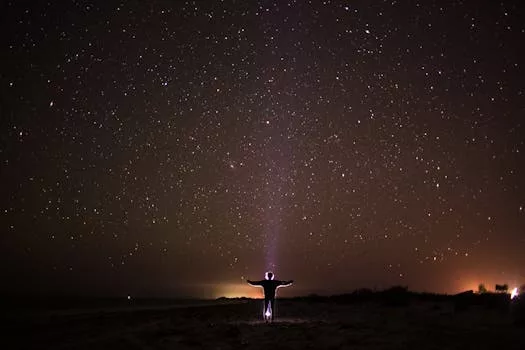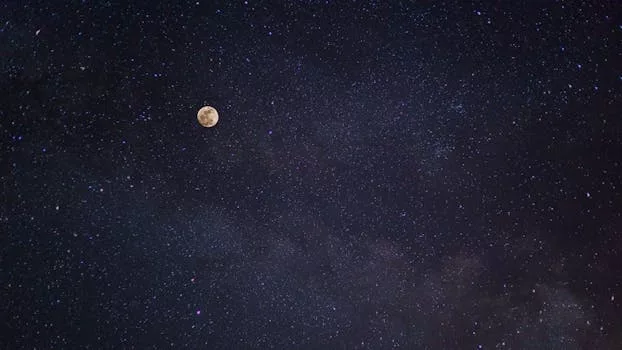
“
Beyond the Milky Way: Imagining New Worlds and Possibilities
Introduction to the Cosmos
Beyond the Milky Way: Imagining New Worlds and Possibilities is an intriguing topic that has captured the imagination of scientists, philosophers, and science fiction enthusiasts alike. As we continue to explore the vast expanse of the universe, we are constantly reminded of the infinite possibilities that lie beyond our galaxy. The Milky Way, our home galaxy, is just one of the billions of galaxies that make up the observable universe. As we venture further into the unknown, we begin to realize the sheer scale and complexity of the cosmos.
The universe is estimated to be around 13.8 billion years old, with the first stars and galaxies forming just a few hundred million years after the Big Bang. Since then, the universe has undergone rapid expansion, with galaxies colliding and merging to form new, more massive galaxies. The Milky Way, for example, is thought to have formed from the merger of several smaller galaxies. As we look out into the universe, we see a vast array of galaxies, each with its own unique characteristics and features.
Exploring the Possibilities of New Worlds
As we explore the universe, we are constantly discovering new worlds and celestial bodies that challenge our understanding of the cosmos. From exoplanets to black holes, the universe is full of mysteries waiting to be uncovered. The discovery of exoplanets, for example, has opened up new possibilities for the search for life beyond Earth. With thousands of exoplanets discovered so far, the potential for life-supporting planets is vast.
One of the most significant discoveries in recent years is the detection of gravitational waves, which have confirmed a key prediction made by Einstein’s theory of general relativity. Gravitational waves are ripples in the fabric of spacetime that are produced by the collision of massive objects, such as black holes or neutron stars. The detection of gravitational waves has opened up a new window into the universe, allowing us to study cosmic phenomena in ways that were previously impossible. This topic is further explored in The Infinite Universe of Imagination.
Imagining the Future of Space Exploration
As we look to the future of space exploration, we are faced with a wide range of possibilities and challenges. From establishing permanent human settlements on the Moon and Mars to exploring the outer reaches of the solar system, the possibilities for space travel and exploration are vast. With private companies such as SpaceX and Blue Origin leading the charge, we are seeing a new era of space exploration that is driven by innovation and entrepreneurship. This evolution is reminiscent of themes discussed in Soaring Through the Cosmos.
However, as we venture further into the unknown, we are also faced with significant challenges. From overcoming the effects of zero gravity on the human body to developing sustainable food systems for long-duration space missions, the challenges of space travel are numerous. Despite these challenges, the potential rewards of space exploration are vast, from advancing our understanding of the universe to improving life on Earth.
Takeaways
- The universe is vast and complex, with billions of galaxies and celestial bodies waiting to be explored.
- The discovery of exoplanets and gravitational waves has opened up new possibilities for the search for life beyond Earth and the study of cosmic phenomena.
- Space exploration is a rapidly evolving field, with private companies and governments working together to establish permanent human settlements on the Moon and Mars.
- The challenges of space travel are significant, but the potential rewards are vast, from advancing our understanding of the universe to improving life on Earth.
See more:
https://www.nasa.gov
https://www.space.com
https://www.universe.today






